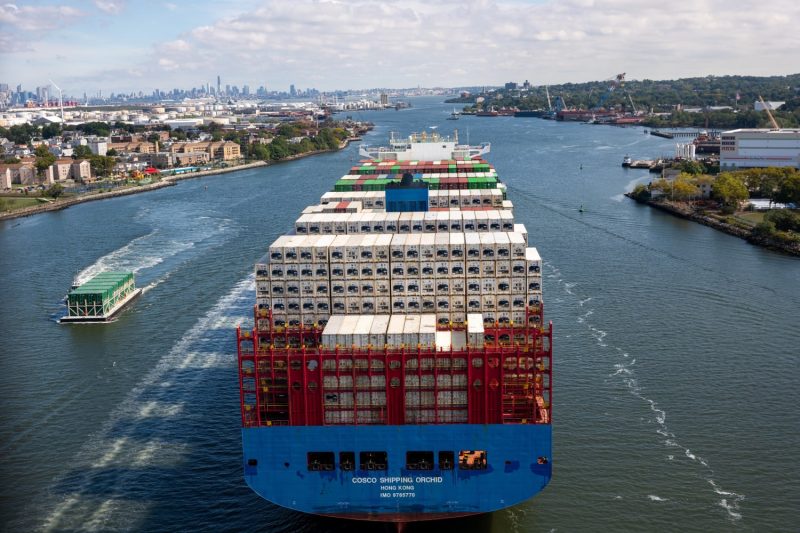As the dawn breaks, thousands of workers on the Eastern and Gulf Coast ports lay down their tools, signifying the beginning of an unprecedented industrial action. With the central hub for most of the country’s import and export trade falling silent, this situation is causing ripples beyond the ports’ boundaries, stirring economic concern on an international scale.
The International Longshoremen’s Association (ILA) has confirmed a labor strike, which involves about 15,000 workers from more than 30 maritime ports across the East and Gulf Coasts. These ports, which include those in New York, Boston, New Jersey, Baltimore, Miami, and Houston, are crucial to the country’s trading activities, processing millions of tons of commodities such as cars, agricultural produce, and electronics annually.
The ILA’s decision to strike is due to unresolved issues concerning work conditions, lack of adequate safety measures, and disputes over wages. The association blames the United States Maritime Alliance (USMX), the organization representing employers at the ports, for their deteriorating relationship and failure to meet the workers’ demands.
The strike has thrown the national supply chain into chaos and is already affecting several industries reliant on the ports for their business operations. Automakers, manufacturing companies, and agricultural exporters stand to suffer severe impacts from the port closures. For instance, the auto industry, which heavily relies on these maritime ports for importation and export of auto parts, might see a considerable slowdown or possible halt in production.
Furthermore, if the strike continues, American farmers could face export limitations, leading to product oversupply and price drops, impacting their profitability. Additionally, manufacturing industries that depend on imports from China and Europe could experience serious supply chain disruptions leading to production challenges.
Amidst this industrial action, the need for resolution has never been more critical. However, despite several mediations, the ILA and USMX have yet to reach an agreement that is cognizant of the workers’ welfare and operational imperatives. This impasse is mainly due to the longstanding contentious issues such as better_pay, improved work conditions, job security, and the mechanization of the ports.
Moreover, amidst this escalating crisis, the ILA has faulted the USMX for attempting to introduce fully automated ports, which could render thousands of workers jobless. On the other hand, the USMX has defended its position, arguing that automation is a global trend and is merely aligning with the inevitable digitization wave sweeping across industries.
Meanwhile, as both parties jostle for control, the economic fallout from the strike continues to loom large. Stock market reactions indicate investor unease, with noticeable declines in stock values within automotive, agriculture, and manufacturing sectors. These market reactions underscore the pivotal role maritime ports play in the country’s economic machinery, and the strike shows the potential to grind this machinery to a halt.
While the backdrop paints a gloomy picture, the current scenario has brought labor issues in the maritime sector into the spotlight. Often overlooked, issues such as fair wages, better work conditions, job security, and the implications of rapid automation on labor forces are now at the forefront of public debate. As the strike drags on, stakeholders will keenly watch these developments and, hopefully, drive necessary reforms within the sector.
The strike’s long-term impact is still uncertain and heavily dependent on the duration of the industrial action and how swiftly a resolution can be reached. However, one thing remains clear: unless USMX and ILA can find common ground soon, the strike’s economic fallout could potentially snowball into a full-blown crisis, leaving a trail of destruction in its wake.
